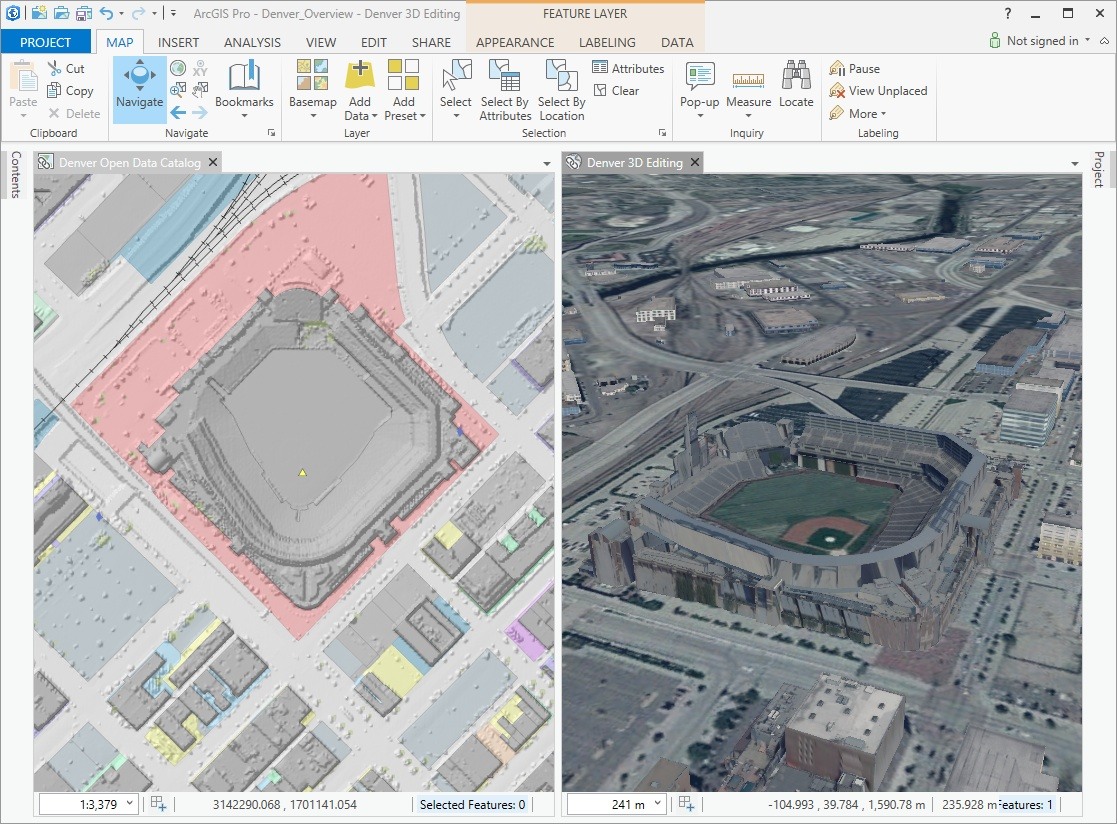

You enter data into input fields, which are then used by the location-allocation solver to set up the problem. Within a network analysis class, there may be a combination of input fields, output fields, and input/output fields. Learn more about viewing and editing properties of network analysis objects The attributes can be examined and edited through a network analysis class attribute table, where all the objects and their attributes for that class are listed, or through an object's Properties window, where only one object and its attributes are listed at a time. The network analysis classes have attributes that specify the inputs and outputs for a given location-allocation problem. They contain the network analysis objects used when performing a location-allocation analysis. The location-allocation analysis layer is made up of six network analysis classes, which are feature layers stored within the analysis layer. Each of the six feature layers has default symbology that can be modified in its Layer Properties dialog box. The location-allocation analysis layer also appears in the table of contents as a composite layer containing six corresponding feature layers: Facilities, Demand Points, Lines, Point Barriers, Line Barriers, and Polygon Barriers. When you create a location-allocation analysis layer, it shows up in the Network Analyst window along with its six network analysis classes-Facilities, Demand Points, Lines, Point Barriers, Line Barriers, and Polygon Barriers. You can create a location-allocation analysis layer from the Network Analyst toolbar by clicking Network Analyst > New Location-Allocation. Creating a location-allocation analysis layer The location-allocation analysis layer stores the inputs, parameters, and results for a given location-allocation problem. Learn more about the network analysis workflow Location-allocation analysis layer

The workflow to perform a location-allocation analysis is similar to performing any other analysis in the ArcGIS Network Analyst extension. The seven problem types are the following:ĭetails and examples of the individual problem types are described in the Location-allocation analysis layer properties section of this document. The ArcGIS Location-Allocation analysis layer offers seven different problem types to answer specific kinds of questions, including questions like those posed in the two examples above. Location-allocation can answer the following question: Where should the manufacturing plant be located to minimize overall transportation costs? Location-allocation problem types Whether producing automobiles, appliances, or packaged food, a manufacturing plant can spend a large percentage of its budget on transportation. Many retail outlets receive their goods from manufacturing plants. The specific question may be: Where should three ERS facilities be placed so that the greatest number of people in the community can be reached within four minutes? Example 2: Locating a manufacturing plant Typically, the goal for determining the best sites for ERS centers is to make it possible for ambulances to reach the most people within a defined time frame. When someone calls for an ambulance, we trust it will come to their aid almost instantly the emergency response time depends considerably on the distance between the ambulance and the patient. The next two examples demonstrate how the goals of location-allocation problems vary according to the type of facility being located. For instance, the best location for an ERS center is different than the best location for a manufacturing plant.

Initially, it may appear that all location-allocation analyses solve the same problem, but the best location is not the same for all types of facilities. As the name suggests, location-allocation is a twofold problem that simultaneously locates facilities and allocates demand points to the facilities. Given facilities that provide goods and services and a set of demand points that consume them, the goal of location-allocation is to locate the facilities in a way that supplies the demand points most efficiently. Public-sector facilities, such as schools, hospitals, libraries, fire stations, and emergency response services (ERS) centers, can provide high-quality service to the community at a low cost when a good location is chosen. Location can help keep fixed and overhead costs low and accessibility high. Private-sector organizations can profit from a good location, whether a small coffee shop with a local clientele or a multinational network of factories with distribution centers and a worldwide chain of retail outlets. Location is often considered the most important factor leading to the success of a private- or public-sector organization.


 0 kommentar(er)
0 kommentar(er)
